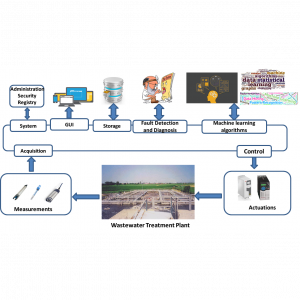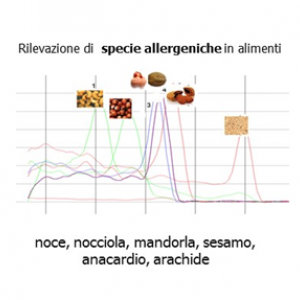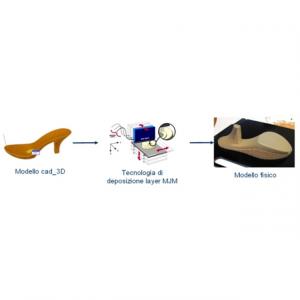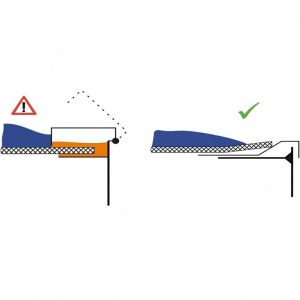
CONSTANCE- automatic CONtrol and SmarT mANagement of wastewater TreAtmeNt faCilitiEs. Patented system
Patented system for intelligent management and automated control of wastewater treatment plants (WWTPs). The system uses robust and cheap probes to measure indirect signals, such as pH and redox potential (ORP), in order to reduce the construction...






